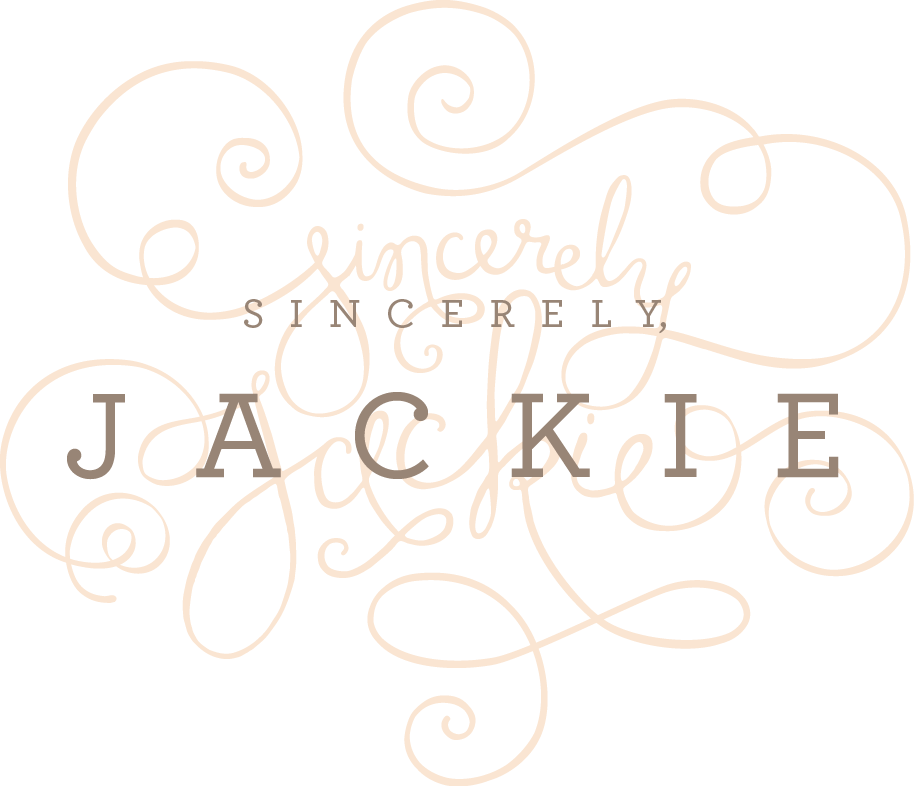Stationery 101: All About Foil Stamping

Welcome to Volume 5 of the Sincerely, Jackie Stationery 101 series. Today we're talking about a print method that everybody has been crushing on lately; foil stamping.
Everywhere you turn there is gold, gold, gold, and more gold. I won't complain, I'm right there with the crowd throwing my hands in the air and cheering for my metallic friend.
Brides reach out to me regularly to inquire about gold foil for their invitations, but I find there are a lot of misunderstandings around what foil stamping is, what it isn't, how it's achieved, and what the price point is. I'm very much looking forward to spending some time today talking about gold foil.

WHAT IS FOIL STAMPING?
Foil stamping is a fine print method where a metallic foil is used on a design plate and then pressed (using a lot of force!) into paper so that the foil transfers onto the paper and leaves a slight indentation of the design. Foil stamping is remarkably similar to letterpress in the process, except that in letterpress an ink is used on the design plate, whereas with foil stamping, foil film sheets are used. The foil film sheets are what give foil stamping the distinct metallic shine - there simply is no other way to achieve a high-shine gold without true foil stamping.
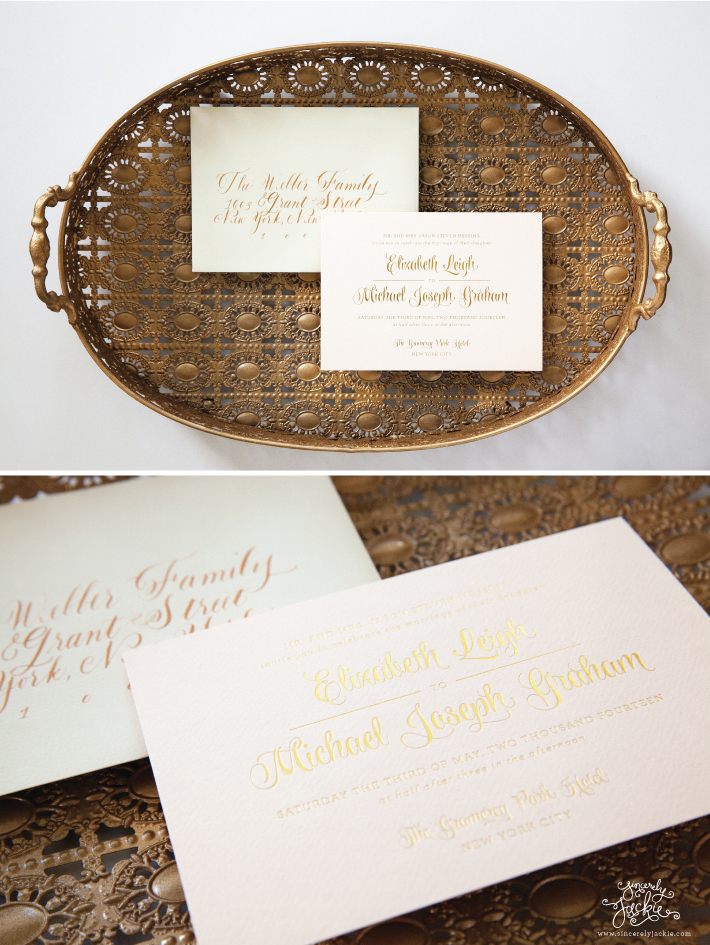
Foil stamping is a fine print method - meaning that it requires skilled press operators to create each printed piece by hand. The plates need to have the foil applied, and then extreme amounts of heat and pressure are used to press the foiled plate into the paper. The heat and pressure seal the foil in the paper, and give the same indentation that we know and love from letterpress. After each stationery piece is printed, the sheets are hand-trimmed to be the correct size. It takes a lot of skill to be able to run foil stamping machines safely, which is why I am so happy to work with some of the most talented print houses in the world. I am always confident that my designs will be printed exquisitely.
While gold is by far the most popular foil option on the market right now, there are hundreds of other foil colors available for your stationery. From rose gold and silver, to hit pink and forest green; you can work with almost any color. Another wonderful quality about foil is that foil is not opague, like letterpress, which means you can apply solid foil colors on any surface and always maintain the crisp, vibrant hues of the foil. Printing white foil on black paper is a sinch!
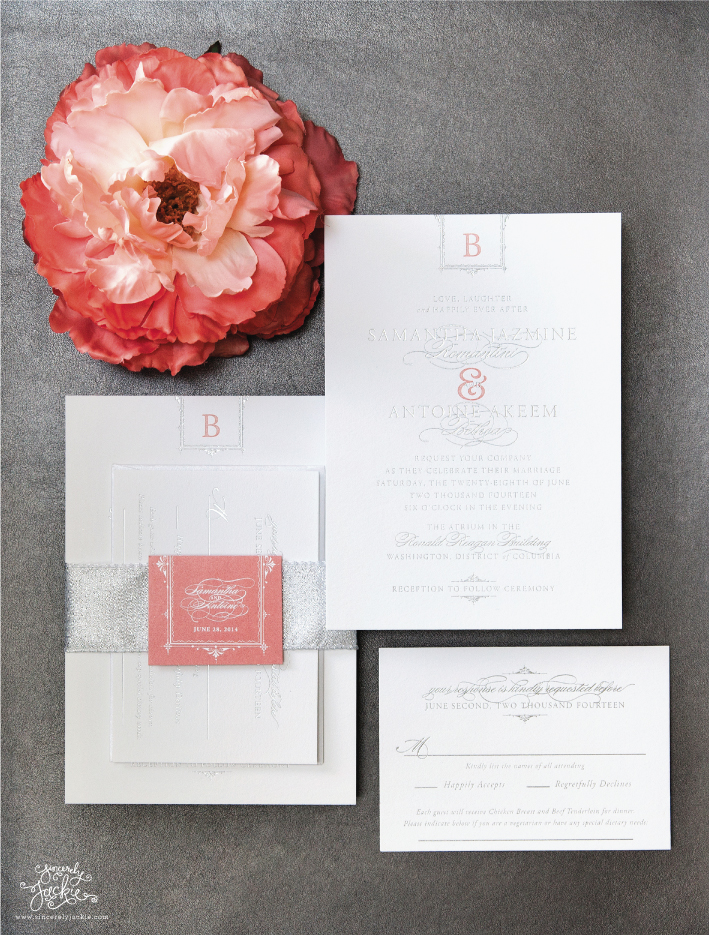
Foil can also be applied to a variety of surfaces, including metallic paper stocks, envelopes, and non-cotton papers. Since heat is also used when foil stamping, the foil is almost always guaranteed to transfer to the surface of your choice. Last year I printed my business holiday cards with gold foil on a recycled speckle-tone paper stock. The gold played so beautifully off of the red and green specks in the stock!
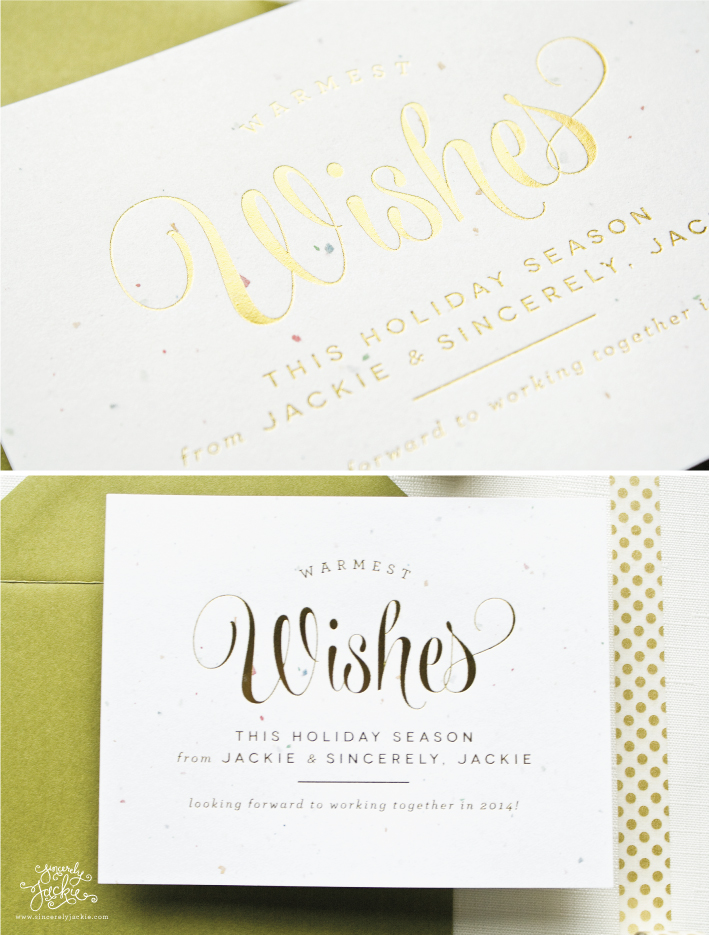
So now that we know that foil stamping is beautiful, created by hand, and versatile; I'd like to highlight a few other key points when considering foil stamping for your next stationery project.
- Metallic gold CANNOT be achieved with any other print method. I get tons of inquiries from brides who want gold for their invitations, but are on a budget. They always ask if there is a way to have the look of foil for less. Unfortunately, the only way to get a true metallic gold is through gold foil. If you're on a budget, I would recommend splurging on the gold for the invitation itself, and then digitally printing the reply and information cards.
- Foil does beautifully with fine lines and details. Hello swirly scripts and frame details!
- Foil can be paired with other fine print methods, such as letterpress, embossing, or engraving. This is often done by first printing all of the stationery pieces in, for example, letterpress, and then printing all of the pieces again with the foil elements.
- Most printers specialize in fine printing only, which is why it's often challenging to find somewhere capable of printing digital with foil - such as printing foil over a photo for a save the date card. The digital portion of the card typically needs to be printed at a separate print company, and then sent back to the printer capable of printing foil. *As this combination of print methods has become more popular over the last few years, I have seen more foil print companies bringing digital printers into their print house. I look forward to this process being streamlined in the future.
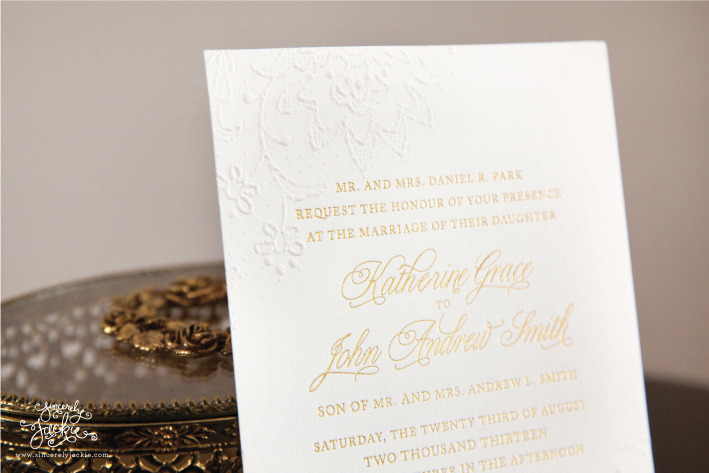
So there you have it! A bit about foil stamping. I hope this is helpful information that you can use when making decisions about your wedding invitations, personal stationery, or next design project.
All of the invitations shown in this post are from Sincerely, Jackie wedding collections. You can view the collections here and purchase samples if you want to see the loveliness in person.
Do you have any additional questions about foil stamping? I would love to hear and answer them in the comments below.
Tune in next Tuesday for Stationery 101: Digital Printing, and don't forget to catch up on past Stationery 101 topics here.
Sincerely,
